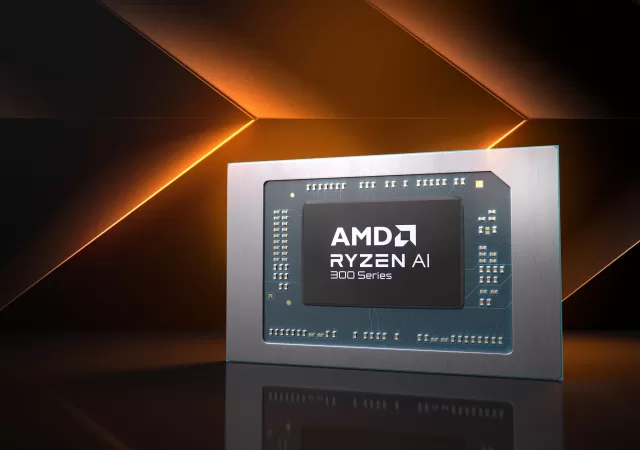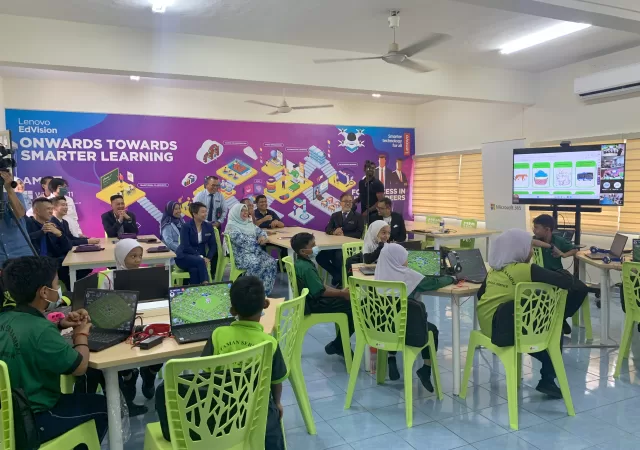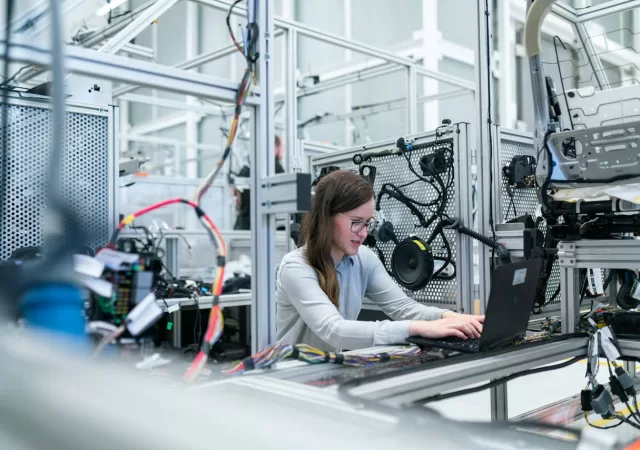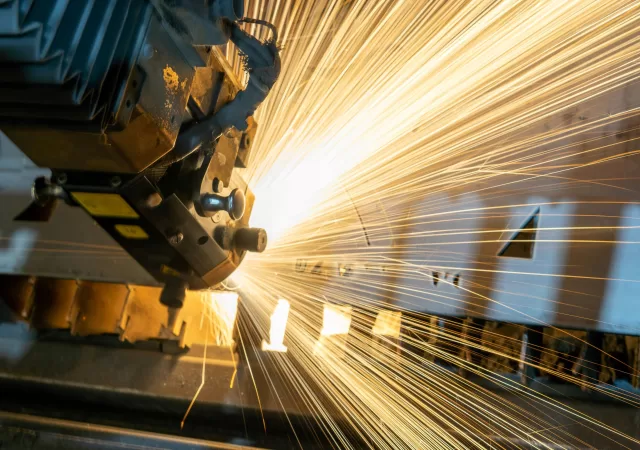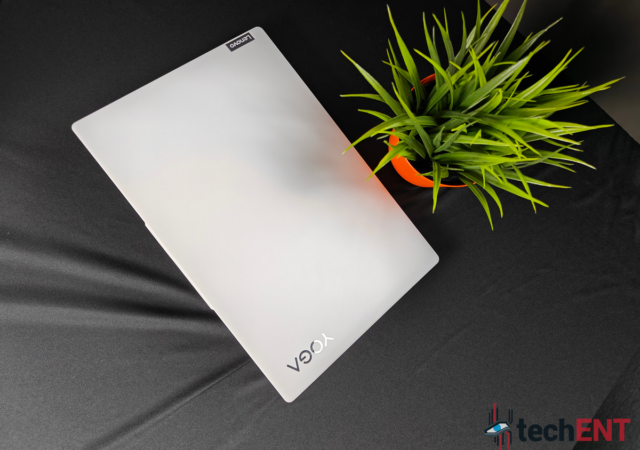AMD announces the new Ryzen AI 300 series processors at Computex 2024 heralding a shift in focus to AI performance chips for laptops.
Lenovo Deploys an AI Engine Streamlines Sustainable IT Solutions for Businesses with LISSA
Lenovo announces LISSA an AI model to help companies achieve their sustainability goals with systematic insights and actionable data.
Lenovo & Austral Techsmith Join Forces to Revolutionize Smart Cities in Malaysia
Lenovo and Austral Techsmith join forces to bring next-generation video analytics to Malaysian cities through their strategic partnership and innovative 5G smart poles.
Empowering Schools for The Digital Age
In recent years, rapid technological advancement and shifting societal needs have evolved the educational landscape significantly. Technology now plays an integral part in revolutionising traditional learning methods, offering new avenues to enhance teaching and learning modes. Schools must comprehend and…
Work With What You’ve Got To Streamline Operations
Mr Varinderjit Singh, General Manager at Lenovo Malaysia shares insights into the manufacturing industry and discover effective ways to increase output in a challenging economic environment.
Lenovo’s ThinkPad & ThinkBook Laptops Get Infused with AI Technology
Lenovo announces refreshes to its ThinkPad T series, the ThinkBook 14, ThinkPad X12 Detachable and ThinkBook 14 powered by the Intel Core Ultra at MWC2024.
Lenovo Shows Off ThinkBook Transparent Display Laptop at MWC 2024
Lenovo showcases their ThinkBook Transparent Laptop concept at MWC 2024 giving a glimpse at what laptops could be in the future.
Increase Productivity for Production and Manufacturing Processes
Discover how Lenovo’s advanced technologies such as high-performance computing, AI, and spatial computing can improve production processes.
Lenovo YOGA Slim 7i Carbon (GEN 8) In-Depth Review: Putting the Light in Thin & Light
techENT takes a deep dive and breaks down the experience and features of the Lenovo Yoga Slim 7i Carbon.
How Technology Changes Company Thinking And Company Performance
This article is contributed by Varinderjit Singh, General Manager, Lenovo Malaysia While I think most of us would expect large organizations to include forward-thinking technology in their overall business strategies, we’re starting to see this with SMBs as well, including…



